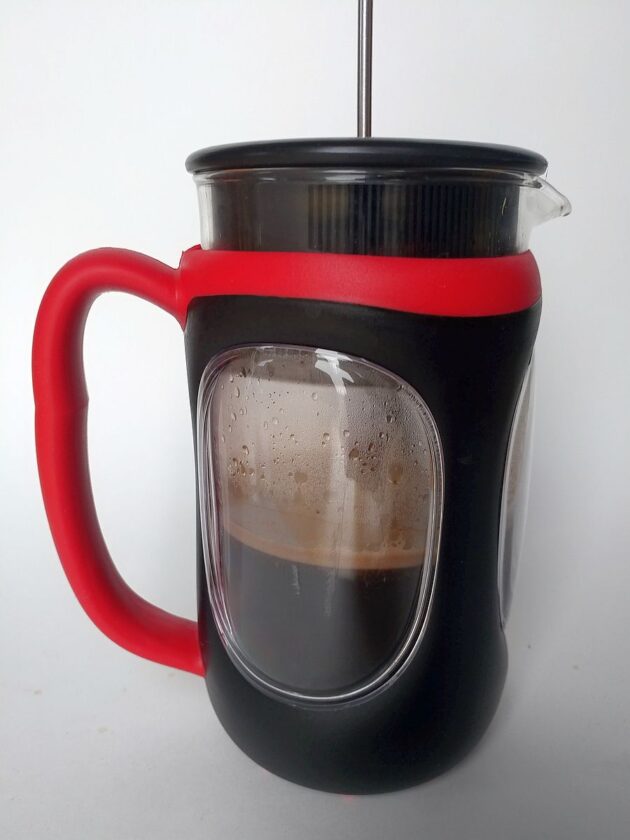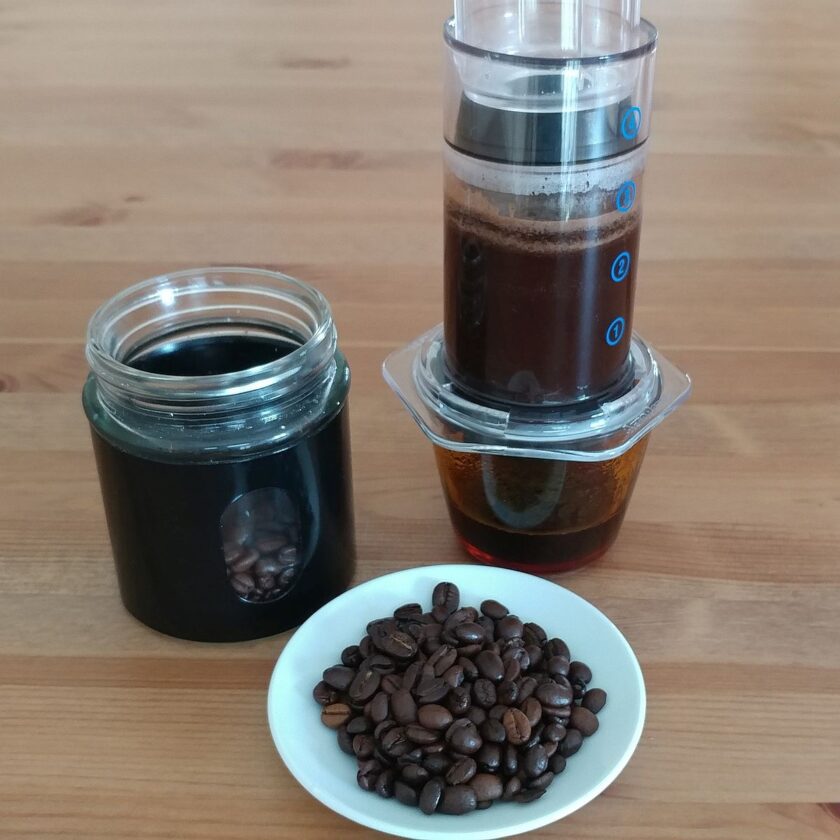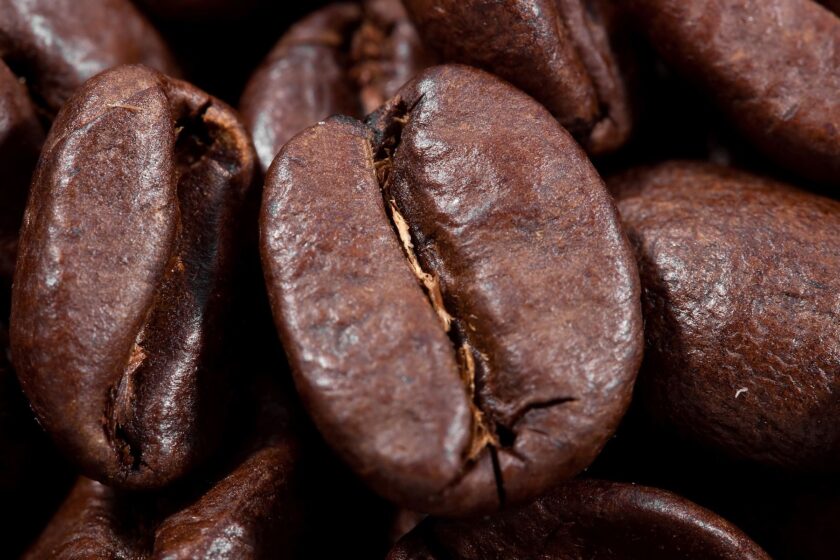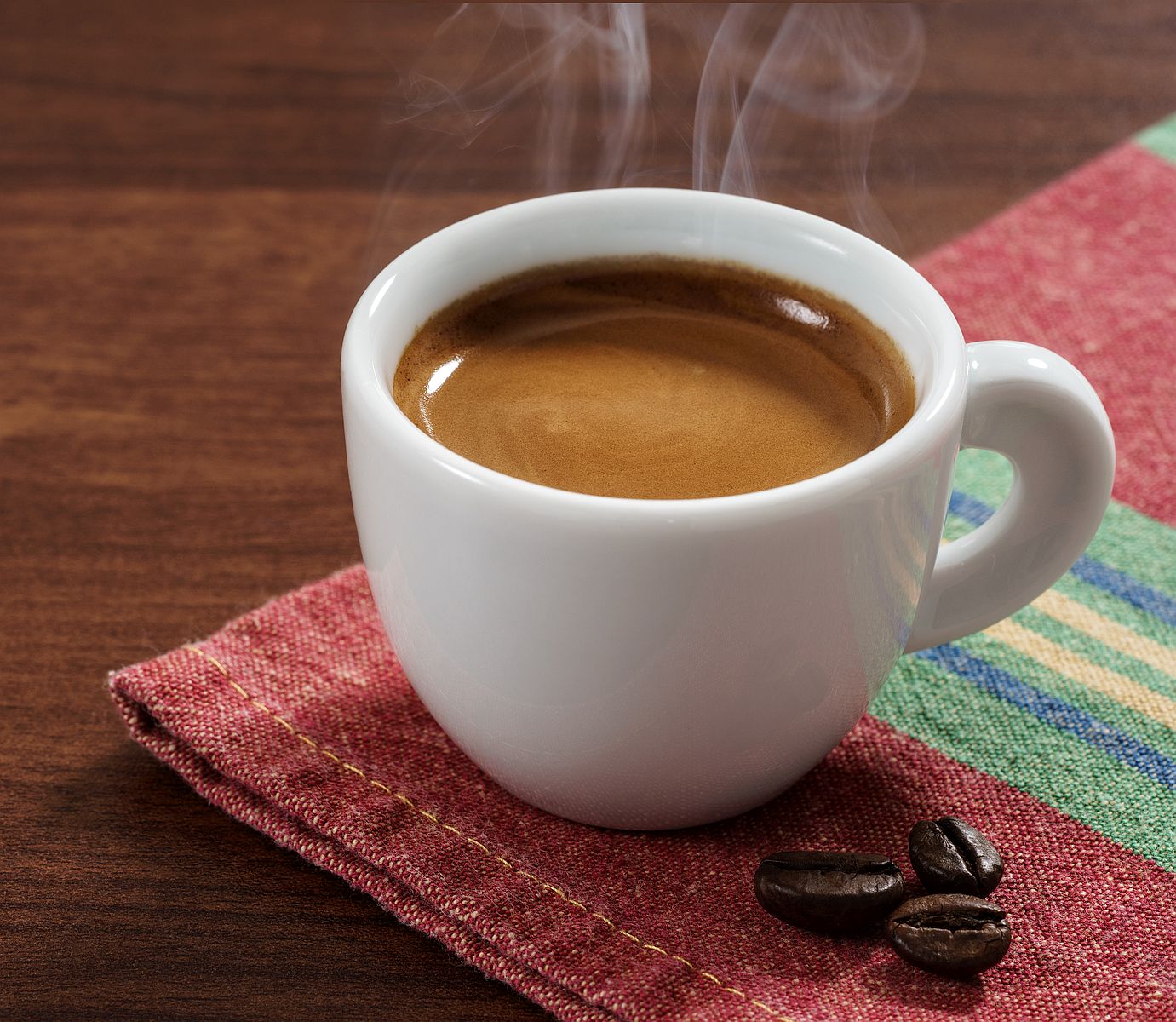Espresso… is synonymous with the pinnacle of coffee brewing, and holds a unique place in the world of coffee. Often misunderstood as a concept, and confused, espresso is the pillar of the coffee shop menu. Can you brew espresso at home, though? This is the subject of this article, to explain what is a brewed espresso, and how can you make it at home.
Espresso is frequently misunderstood, and many coffee lovers confuse it with alternatives such as Moka pot, or French press brew. This article aims to clarify these misconceptions and emphasize the unique qualities of true espresso, particularly the importance of pressure when preparing espresso.
Table of Contents
What Is Espresso?
Espresso refers to a brewing method, and to the beverage resulted from this brewing method. The concentrated shot of coffee that is brewed by forcing hot water through finely ground coffee beans under high pressure.
The pressure used during brewing, extracts rich flavors and aromas. The resulted beverage is strong and intense. We have an article that explains in more details what is espresso, if you want to dive deeper into the subject.
What Is Brewed Espresso?
Brewed espresso is often misunderstood as a strong drip coffee, an alternative to true espresso. The confusion comes from the term brewed. Often time drip coffee is referred to as brewed coffee. So people associate the word brewed with drip coffee.
In reality, all coffee is brewed. The coffee extraction process is called brewing. You can brew a cup of French press, a shot of espresso, or a jar of cold brew.
So brewing an espresso shot means preparing an espresso.

Brewed espresso doesn't mean an espresso prepared using drip coffee brewing method. In fact, we will show later in the article why strong drip coffee is the worst espresso alternative. And since we brought up the subject, don't worry, there are other decent alternatives to replicate an espresso, and I'll show you what those are.
For the purpose of this article, we might use the term “brewed espresso” to refer to espresso alternatives, because it makes it easier to communicate, but everywhere else on this website we call these “espresso alternatives“.
The most important thing to learn is that “brewed espresso”, cannot truly replicate the unique characteristics of a genuine espresso shot. You can replicate espresso's strength when brewing alternatives, but almost every other flavor and sensory aspect will lack.
Is this so bad? It depends on who you ask. If you ask an espresso aficionado, they'll tell you that only an espresso machine will do it. But if you ask the majority of Italians who make a cappuccino at home using their macchinetta, they'll say it is they perfect morning cup of coffee.
The Best Espresso Brewing Alternatives – Brewed Espresso without a Machine
While a true espresso shot requires a specialized machine, there are alternative brewing methods that can produce a similar taste and texture. These methods include the French Press, AeroPress, and Moka Pot. These are perfect for espresso-based drinks, and they are acceptable alternatives even for a neat espresso shot. These three methods are the best brewed espresso methods, and we'll show you how they you can incorporate them into your espresso routine.

The French Press
The French Press is a popular brewing method that can create a coffee beverage with a taste and strength similar to espresso. By using a fine grind and a longer brew time, the French Press can extract the flavors and oils from the coffee grounds, resulting in a concentrated and robust cup of coffee. You may also use a bit more coffee grounds to get a stronger flavor. However, don't increase your dose more than 25% of the recipe, as it will give you a bitter and tannic taste.
While French press is an acceptable alternative, the Moka pot and AeroPress are the brewing methods that are the best for replacing an espresso.

AeroPress
The AeroPress is probably the best espresso alternative. This portable and versatile device uses air pressure to force hot water through finely ground coffee, resulting in a rich and flavorful cup of coffee.
The pressure is not even close to the 9 bar pressure needed for authentic espresso, but it is enough to approximate a close replica. AeroPress coffee is milder tasting than espresso, which makes it a great replacement for a neat shot. You can still use it in espresso-based drinks, but coffee flavor will be mellower.
Learn here how to make an espresso with the AeroPress.

Moka Pot
The Moka Pot, also known as a stovetop espresso maker, is a traditional Italian brewing method that can produce a coffee beverage with a taste and texture similar to espresso. By using steam pressure to extract the flavors from the coffee grounds, the Moka Pot creates a strong and concentrated shot of coffee.
The Moka pot coffee is probably the best alternative for preparing cappuccino and latte. But the coffee doesn't have the same strength and concentration as the genuine espresso, so you'll have to adjust your milk quantity to avoid to dilute it too much.
Learn here how to make espresso with a Moka Pot.
What Makes True Espresso Unique
Espresso is unique in a few ways, but if we have to choose the key differences vs regular coffee, the brewing method and the concentration of flavors are the most significant.
While regular coffee is brewed by simply pouring hot water over coarser coffee grounds, espresso involves a more intricate process that requires high pressure and finely ground coffee. The result is a concentrated shot of coffee that offers a unique flavor profile and a more intense caffeine concentration.
From a sensory perspective, espresso is the most concentrated coffee. It has a thick consistency and the flavors are very intense. The layer of crema on top of the beverage is a sign of a well prepared shot.
Caffeine Content
There is a popular belief that espresso has more caffeine than regular coffee, which is actually false. Espresso has a higher caffeine concentration than regular coffee, but per serving, espresso has a lower caffeine content.
Technical Differences
True espresso is prepared using strict parameters. Most of these parameters are dictated by the unique method of brewing coffee.
Because we use pressure during the extraction, all of the variables need to concur to obtain a certain resistance in the coffee puck, otherwise the pressure will do nothing. These technical variables make the espresso unique.
These factors include grind size, water temperature, brew time, and dose. There are more espresso variables, but for the purpose of this article, these are the most important ones. Here is an article that talks about espresso extraction in more details: Extraction and Espresso Brewing – A Guide to Coffee Perfection
Pressure
The key technical difference between espresso and regular coffee is the pressure used during brewing. Espresso is the only coffee brewing method that uses high pressure during the coffee extraction. The pressure speeds up the extraction, thus reducing the quantity of some compounds that would make your coffee taste bitter and tannic.
True espresso requires an espresso machine. An espresso machine is a special equipment, that can generate at least 9 bars of pressure.
The pressure used during brewing has a significant impact on the extraction of flavors from the coffee grounds. When brewed at 9 bar pressure, the water saturates the coffee grounds more effectively, and extracts more flavors from the coffee grounds, and creates a thick layer of foam, called crema. The espresso beverage has the most number .
Grind size
Unlike regular drip coffee, which uses a medium grind, espresso brewing requires a much finer grind for more efficient extraction. If a grind is too coarse, the water would pass too quickly without extracting the flavors, if the grind is too fine, you create too much resistance in the coffee puck, and the water will not flow at all. While the grind size is a technical requirement, it dramatically affects the sensory aspects of your coffee cup.
From a sensory perspective, the very fine grind size will also contribute to shorten the extraction time. By shortening the extraction time we avoid the extraction of undesirable compounds. Finer grinds also contribute more suspended microparticles of coffee in the the final cup. These fines contribute to the thickness of the espresso shot, and to the specific mouthfeel.
Water Temperature
The water temperature should be carefully chosen in a range of 195°F to 205°F (90°C to 96°C) to maximize the extraction of flavours and aromas and minimize the risk of over-extraction. If the temperature is too low, there won't be sufficient extraction, resulting in a weak taste. If the temperature is too high, we risk over-extraction, resulting in an unpleasant taste.
The extraction temperature floats around the same values as other coffee brewing methods, so it doesn't make a huge difference.
Brew Time
Espresso brew time is shorter than other brewing methods, the acceptable range is between 20 and 30 seconds. Pressure and grind size speed up the extraction, and it is this shorter extraction time that makes espresso special.
Compared to drip coffee, espresso lacks the tannins, the compounds that make your mouth pucker. This is particularly important, because this is why you can't brew a drip coffee to an espresso strength.
Dose
The amount of coffee grounds use for an espresso shot is called dose. The dose for a single shot is 7 grams of coffee grounds. The dose can vary 1 gram up and down, depending on the manufacturer. The dose for a double espresso shot is 14 grams, with slight variances from manufacturer to manufacturer.
A double shot is the most popular espresso serving in North America, while in Italy, for instance, the single shot is more popular.
Typically, the dose is fixed, but experienced baristas often play with the dose in order to perfect their shots.
While the dose for an espresso is very strict as we saw, the dose for a drip coffee is very lose, depending on your taste. The same goes for French press. AeroPress, and the Moka pot, which are the best espresso alternatives, are stricter with the dose.
The Misunderstood Concept of “Strong Coffee” as Espresso
A common misconception is the idea that an espresso is just a stronger coffee. Espresso is a strong coffee, but not all strong coffees quality as genuine espresso. The strength of coffee is not a measure of its similarity to espresso.
Even if you brew a drip coffee is using more coffee grounds, it will not replicate the complex flavors, the mouthfeel, or the crema that are characteristic of true espresso. A strong cup of coffee is not the same as espresso.
If you talk to a barista and you say that you'd like to have an espresso, they'll warm up their espresso machine to pull a shot.
For instance, there is no such thing as cold brew espresso, and we talk about it in a separate article. Cold brew coffee is not a pressure brewing methods. The brewing process for espresso is unique, and that's what makes it an espresso, and not the strength of the drink.
Why You Can't Brew Espresso with a Drip Coffee Maker
Attempting to brew espresso with a drip coffee maker is futile. Drip coffee makers lack the necessary pressure to extract the flavors and create the signature crema of espresso. Additionally, the grind size used for drip coffee is much coarser than what is required for espresso, resulting in a weaker and less concentrated beverage.
Espresso Beans

If you ever thought that using “espresso beans” with your drip coffee maker will give you an espresso shot, I'm here to bear the bad news. There is no such a thing as espresso beans.
This coffee beans choice is the least restrictive factor. You can use any coffee beans to brew your espresso, or espresso alternative. Dark roasts will extract easier, while lighter roasts will extract harder. We have an article where we discuss how to choose coffee beans for espresso. It is a deeper dive into the subject, if you need it.
At the end of the day, any type of coffee is acceptable for brewing espresso, it all depends on your personal preference. Personal taste is what drives coffee beans choice, in both cases true espresso or brewed espresso.
Conclusion
In conclusion, while there are many ways to enjoy coffee, it's important to remember that true espresso is unique and cannot be replicated by other brewing methods. The key message we want to drive home is that true espresso needs 9 bar pressure.
We encourage all coffee lovers to explore the world of espresso and appreciate the unique characteristics that sets it apart.
